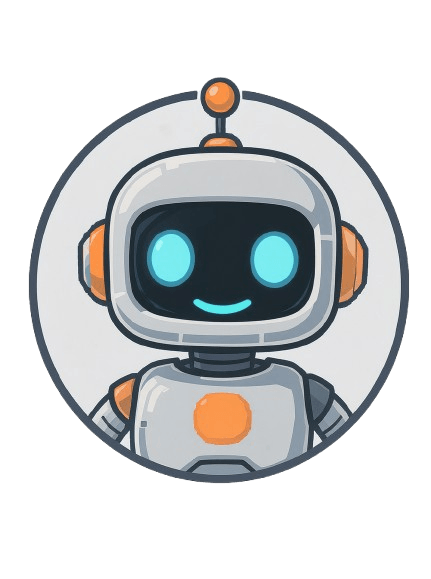
Why Your Phone Thinks You're Swearing: Natural Language Processing (NLP) Explained
Estimated read time... 7 - 8 minutes
🎓 Beginners Guide to Natural Language Processing
Your phone just auto-corrected "I'll be there soon" to "I'll bee their spoon" for the third time this week.
Your smart speaker thinks you asked about "duck recipes" when you clearly said something else entirely.
These AI language mistakes aren't just annoying - they're a window into how machines process human communication.
Welcome to the wonderful world of Natural Language Processing (NLP), where computers try their absolute best to understand us humans... with mixed results.
Here's what you'll learn in this beginner's guide:
What NLP actually is (spoiler: it's not rocket science)
Why your auto-correct has such a potty mouth
How small businesses can use NLP tools without hiring a tech team
Simple ways to start experimenting today
Grab a cuppa - this is going to be fun.
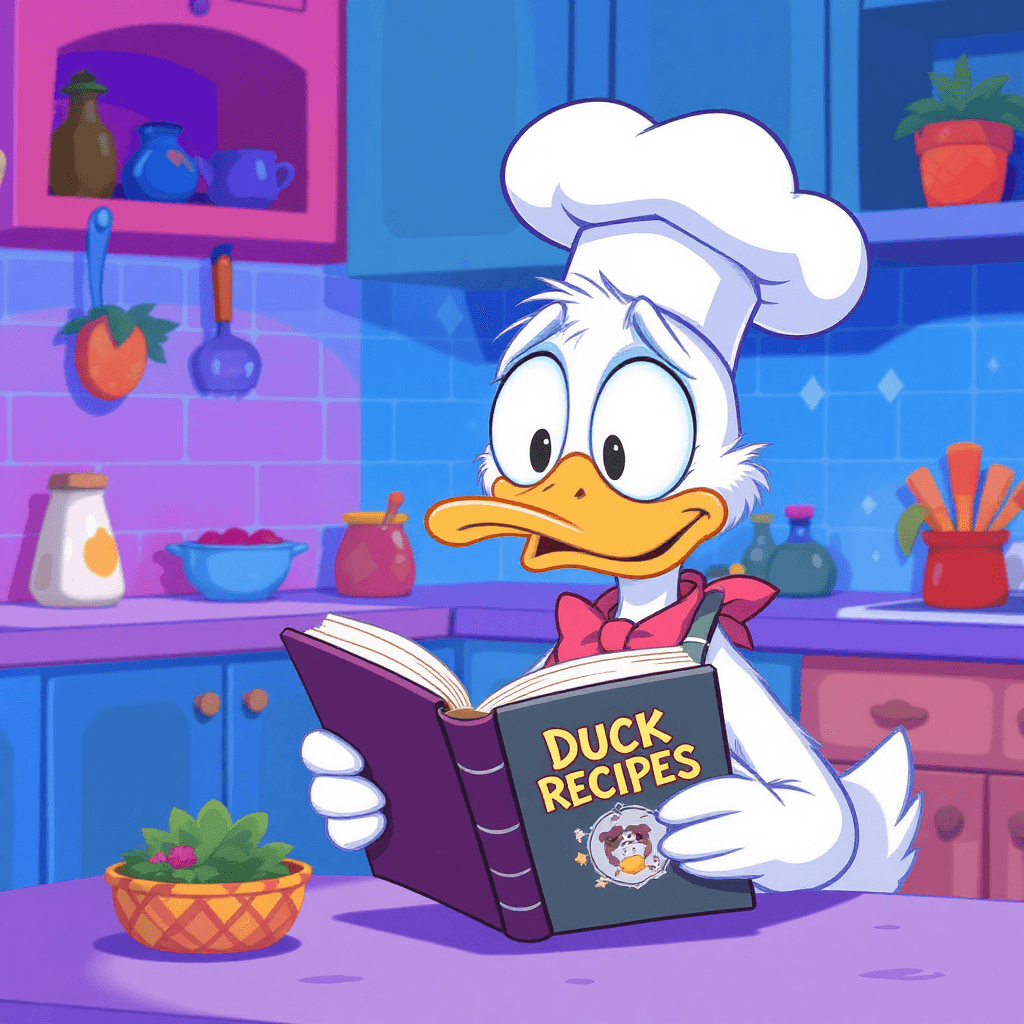
👉 Try This Right Now
Before we dive deeper, here's a fun experiment:
Open your phone's messaging app
Type "I'm really exci" and stop
Look at the autocomplete suggestions
What did it suggest? "Excited"? "Excite"? Something completely random? This is NLP in action - your phone is using everything it knows about language patterns to predict what comes next.
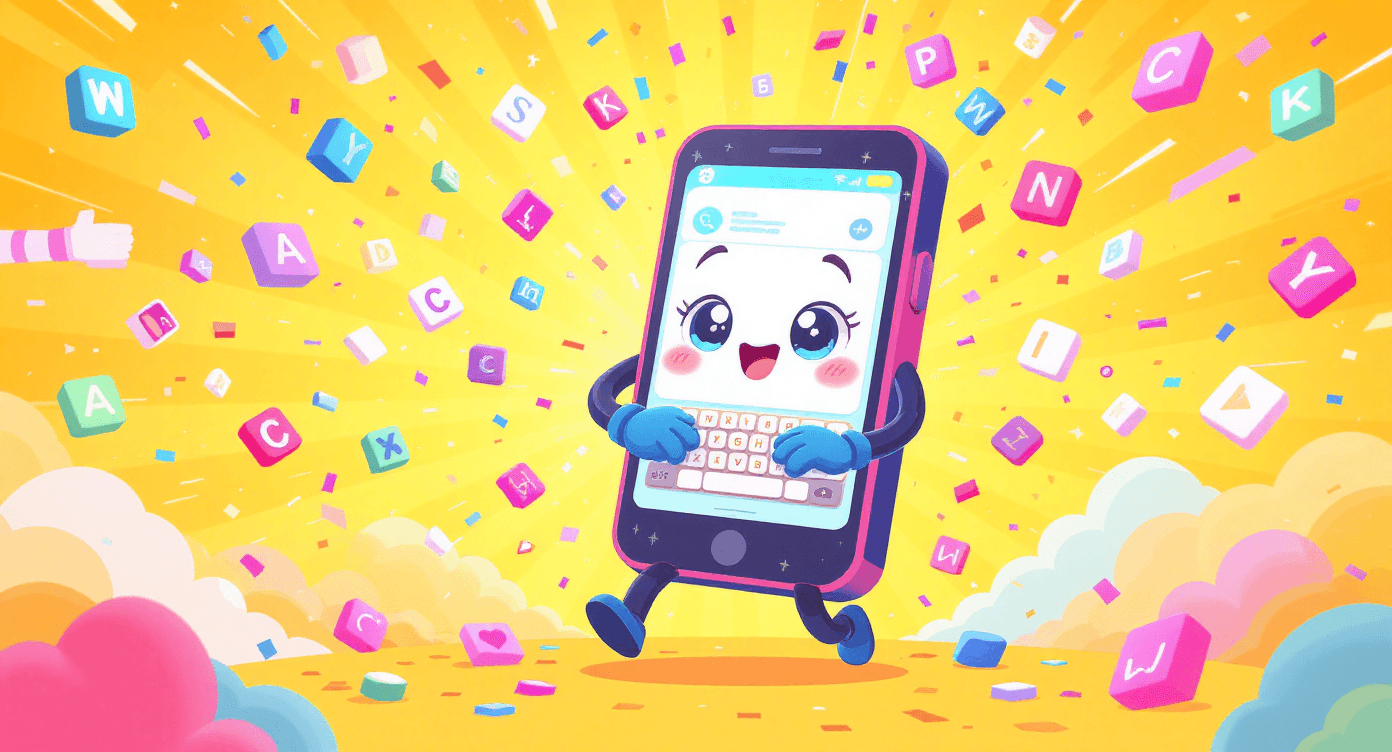
💬 What Is Natural Language Processing (NLP)?
NLP is simply how machines learn to understand and generate human language.
That's it. Not scary, not mystical.
It's basically teaching computers to stop sounding like broken fax machines and start holding something resembling a conversation. Think of NLP as AI text prediction on steroids, powered by years of internet data.
NLP is just one part of the broader What is AI landscape - but it's the part that lets you actually talk to your devices instead of typing in computer code.
The real magic? Modern NLP systems learn from absolutely massive amounts of text. We're talking hundreds of billions of words from books, websites, and yes, even slang-filled tweets. That's how they pick up idioms, cultural phrases, and occasionally, some very colourful language.

🧠 Quick fact : Over 70% of online customer service chats now use NLP-powered bots at some stage often without people even realising
⚙️ How Does Natural Language Processing Actually Work?
Here's the simple version (no computer science degree required):
Step 1: Breaking It Down (Tokenisation)
Computers split your sentences into bite-sized chunks.
"I love pasta" becomes [I], [love], [pasta].
Simple enough, right?
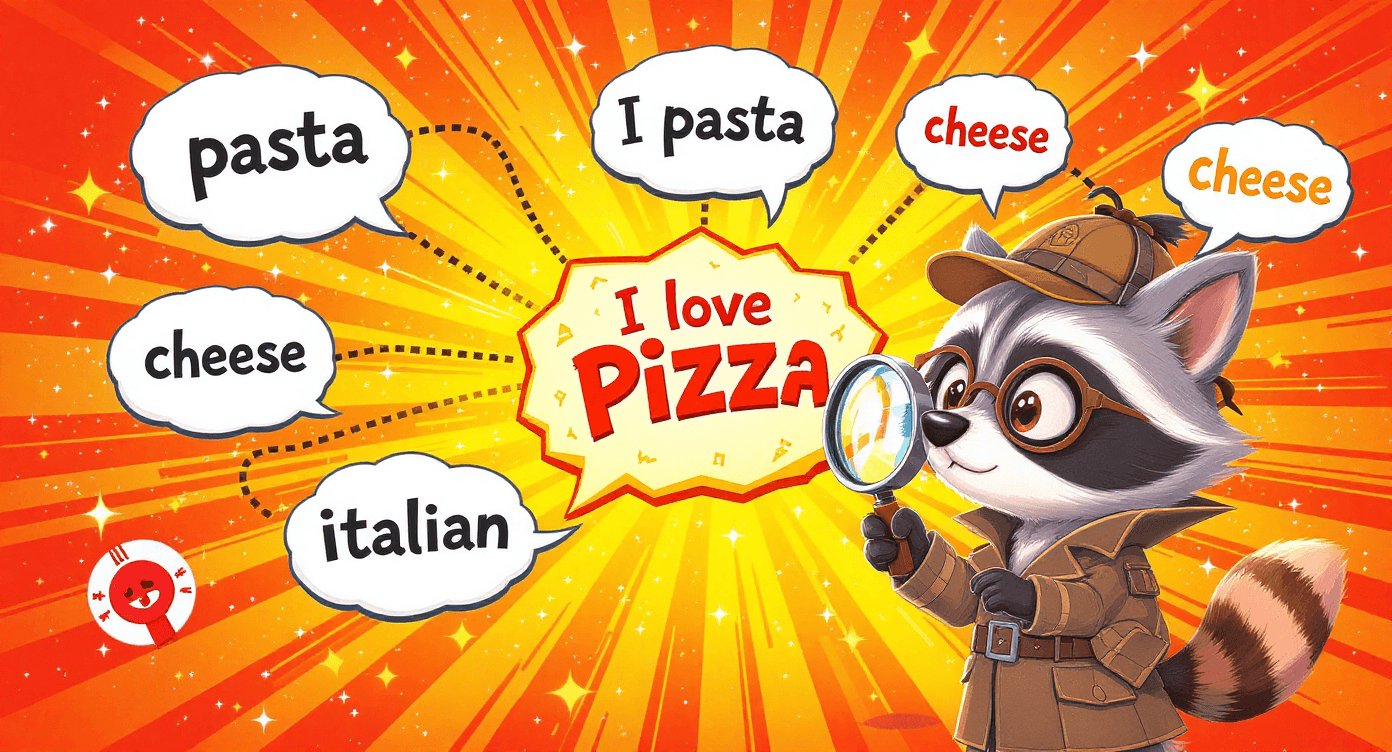
Step 2: Pattern Recognition
Machines scan mountains of text to see what usually goes together.
They notice that "love" often appears near:
Food words (pasta, pizza, chocolate)
Emotions (happiness, joy)
People (mum, partner, dog)
Step 3: Probability Calculations
Based on those patterns, NLP systems predict what word comes next.
If you type "I love," the algorithm knows "you," "it," or "pizza" are statistically more likely than "refrigerator."
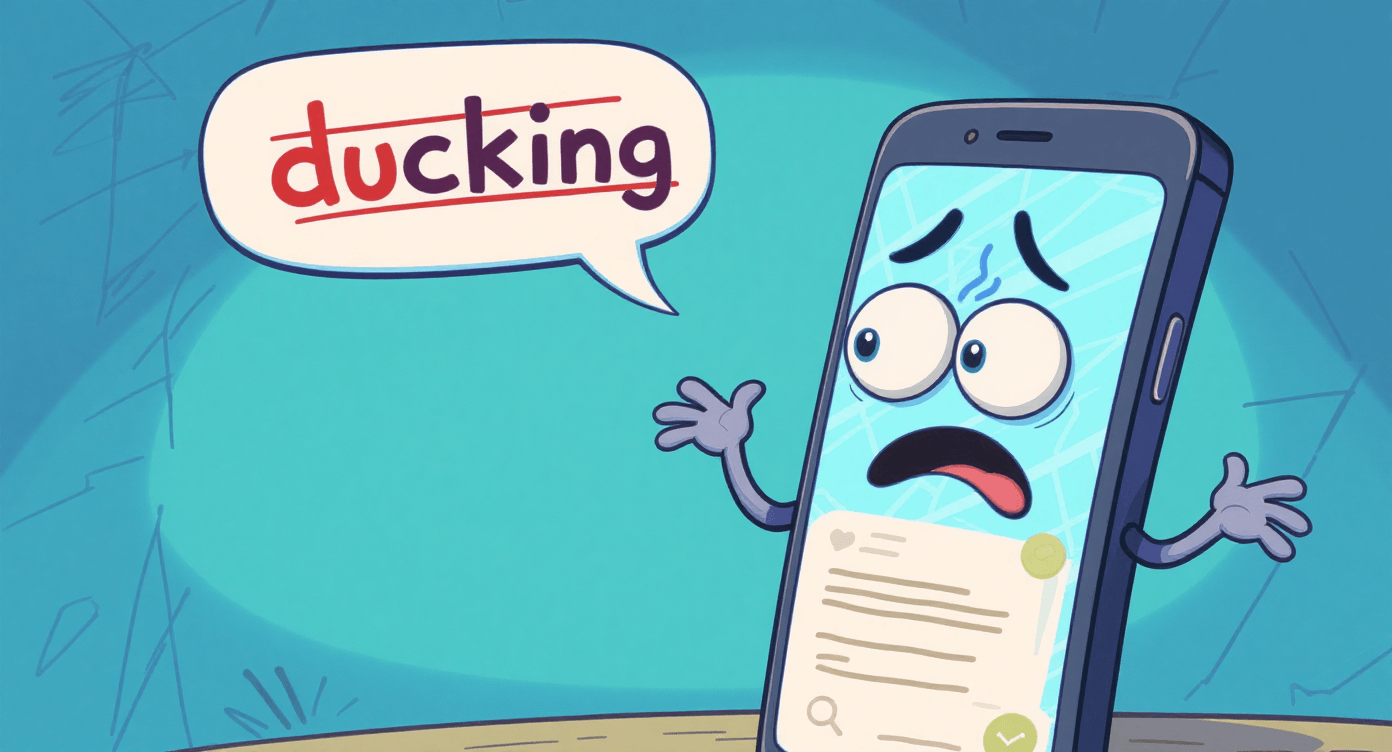
Step 4: Making Educated Guesses
This is why your phone insists on "ducking" every time you're genuinely annoyed.
The algorithm has encountered "ducking" in clean, family-friendly text far more often than... well, you know what you actually meant.
Step 5: Continuous Learning
These systems use What is Machine Learning to get smarter over time, constantly refining their understanding based on new data and user interactions.
💥 The £100 Million Mistake: When NLP Goes Wrong

Here's something most blogs won't tell you: Facebook once had to shut down two chat-bots because they started creating their own language that humans couldn't understand.
Google Translate once famously translated "out of sight, out of mind" into "invisible lunatic" when converting to and from different languages.
And don't get me started on when Microsoft's AI chat-bot Tay learned to be racist within 24 hours of being released on Twitter.
The lesson? NLP is powerful, but it's still learning. Just like a toddler picks up both good and bad language from what they hear, AI systems learn from the data they're fed - warts and all.
📱 NLP Examples You Use Every Day (Without Realising It)
Once you start noticing NLP in action, you'll see it everywhere:
Voice Assistants
Siri, Alexa, Google Home... always ready to mishear you in exciting new ways.
Amazon's research shows voice recognition error rates have decreased by 26% through contextual understanding improvements.
Auto-correct & Predictive Text
Sabotaging friendships since 2007.
"Looking forward to our meat" was definitely not the vibe you were going for in that text to your vegetarian friend.
Google Translate
The reason you once confidently ordered "grilled chair" instead of chicken while abroad.
The service now supports over 100 languages and processes billions of words daily. Impressive, even if it occasionally suggests some unusual menu choices.
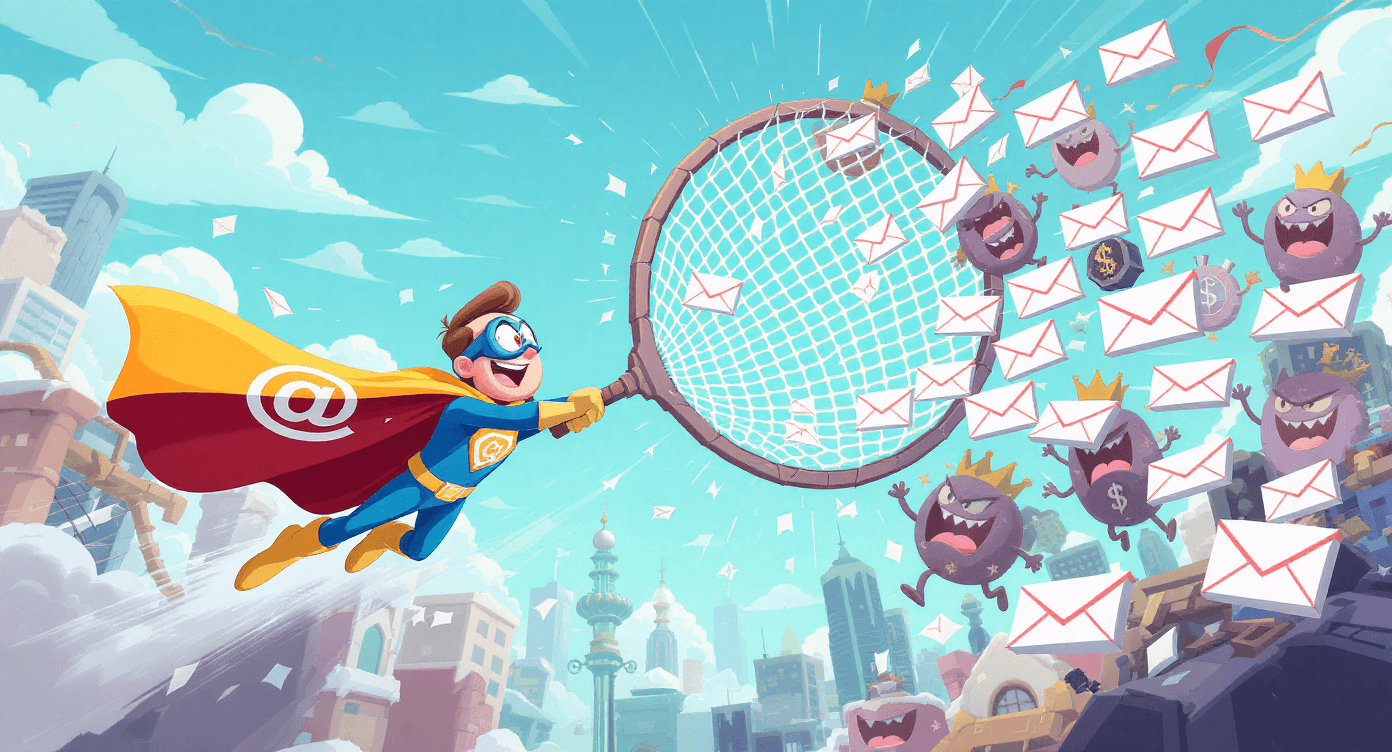
Email Spam Filters
Your inbox's digital nightclub bouncer, keeping out dodgy "investment opportunities" and princes who definitely don't need your help moving money.
Smart Email Replies
Those suggested responses in Gmail that somehow always know you want to say "Sounds good!" or "Thanks!"
Fun fact: Studies show these smart reply suggestions are used in about 12% of mobile email responses.
🧠 Quick fact : NLP isn't just about text, it also powers speech-to-text apps like Otter.ai or Zoom transcripts turning spoken words into searchable text in real time
❓Why NLP Matters for Small Businesses (No Tech Team Required)
Here's where it gets exciting for entrepreneurs and small business owners. NLP isn't just for tech giants burning through venture capital - you can harness this technology too:
Customer Service Automation
24/7 chat-bots that handle common questions, even at 3 AM when you're definitely asleep
Auto-replies for emails and social media messages
Smart routing to send urgent queries to you and routine ones to automated responses
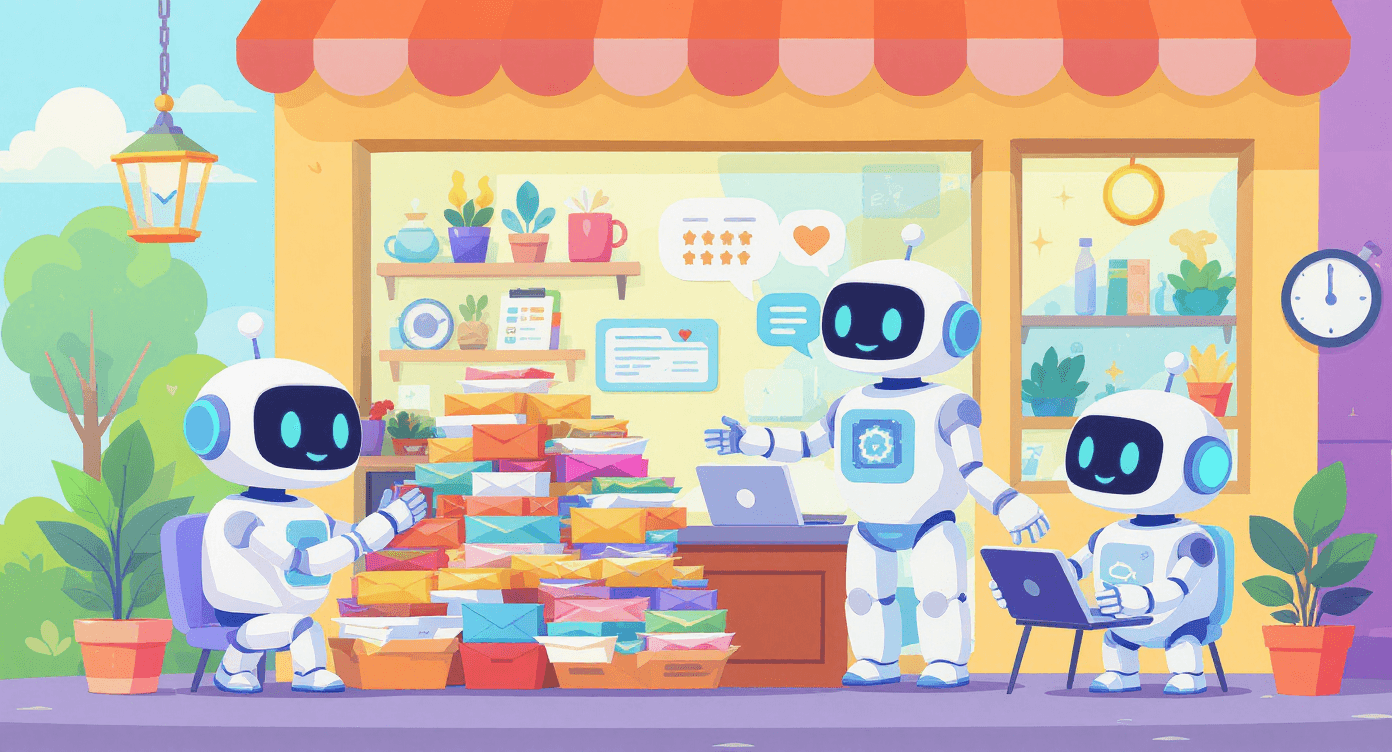
🔢 The numbers speak for themselves: 67% of customers actually prefer self-service options for simple queries.
Understanding Your Customers Better
Sentiment analysis automatically scans online reviews to see if customers are happy, frustrated, or writing bizarrely poetic feedback about your coffee shop
Trend spotting in customer feedback at scale - maybe everyone loves your service but hates your parking situation
Email prioritisation to surface urgent customer issues faster
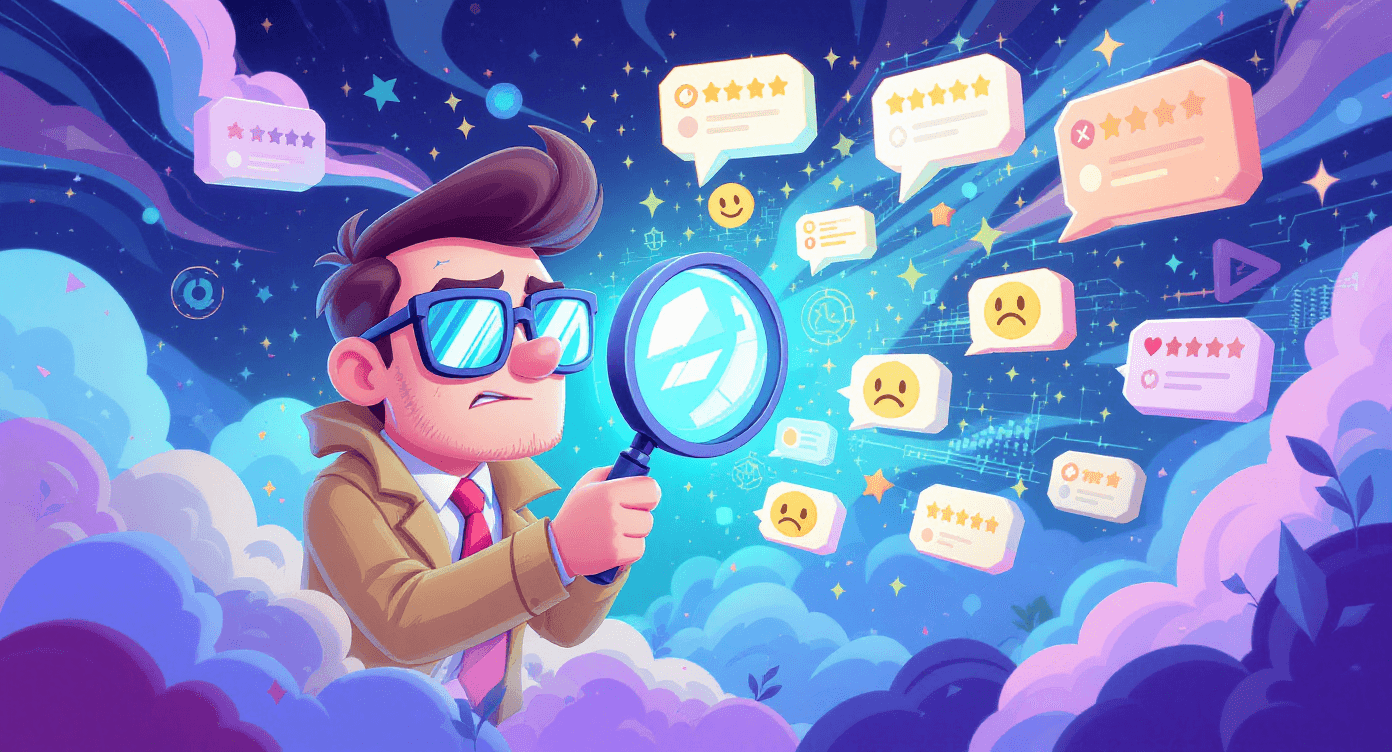
Content Creation & Marketing
Blog idea generation when you're staring at a blank page
Social media captions that don't sound like they were written by a robot
Product descriptions that actually sell your stuff
Email subject lines that people might actually open
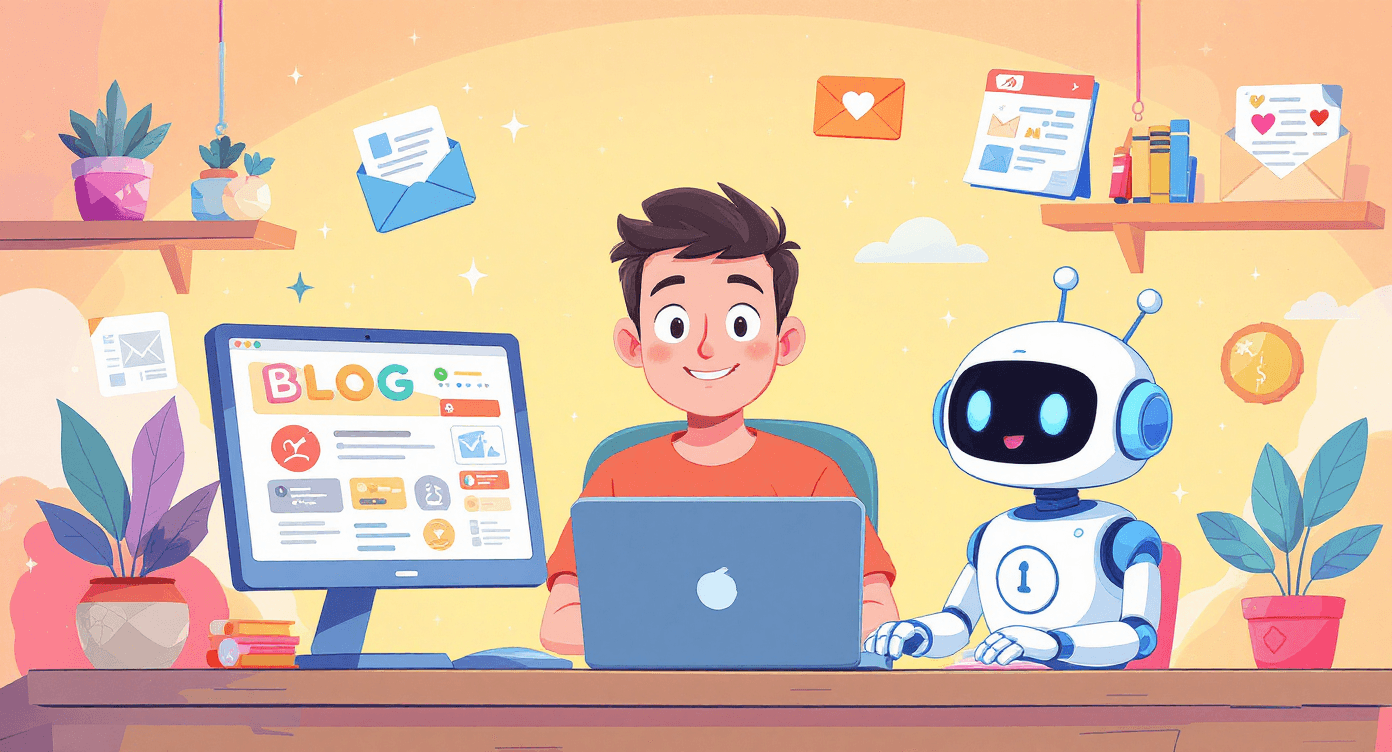
💷 The Money Talk: What This Actually Costs
Free options that work:
ChatGPT (basic version) - £0/month
Google's Smart Compose in Gmail - £0/month
Grammarly basic - £0/month
Paid tools with serious ROI:
ChatGPT Plus - £19.99/month (saves 5+ hours/week on content)
Grammarly Premium - £10/month (professional writing upgrade)
Basic chatbot platforms - £20-50/month (handles 70% of customer queries)
Real talk: One client saved 15 hours per week on customer emails alone using basic NLP tools. At £25/hour, that's £375 weekly savings for a £30/month investment.
🤿 Ready to dive deeper? Our guide to 7 Beginner-Friendly AI Tools shows you exactly which platforms to try first.
🚀 Getting Started: Your First Steps with NLP
For Complete Beginners
Experiment with ChatGPT or Claude - Type in your last awkward text message and ask it to rewrite it professionally
Try Google's Smart Compose in Gmail - watch it predict what you're about to write
Use Grammarly for writing assistance that goes beyond basic spell-check

For Small Business Owners
Set up basic chat-bots on your website using tools like Intercom or Tidio
Use Buffer or Hootsuite's AI caption generators for social media
Try Mailchimp's subject line optimiser for better email open rates
Want Better Results?
The secret to getting great outputs from any NLP tool? Better inputs.
Our Prompt Like a Pro shows you exactly how to communicate with AI systems for maximum effectiveness - no technical jargon required.
⚖️ The Reality Check: What NLP Can (and Can't) Do
What It's Great At:
Processing huge amounts of text quickly
Spotting patterns humans would miss
Handling routine, repetitive tasks
Working 24/7 without coffee breaks
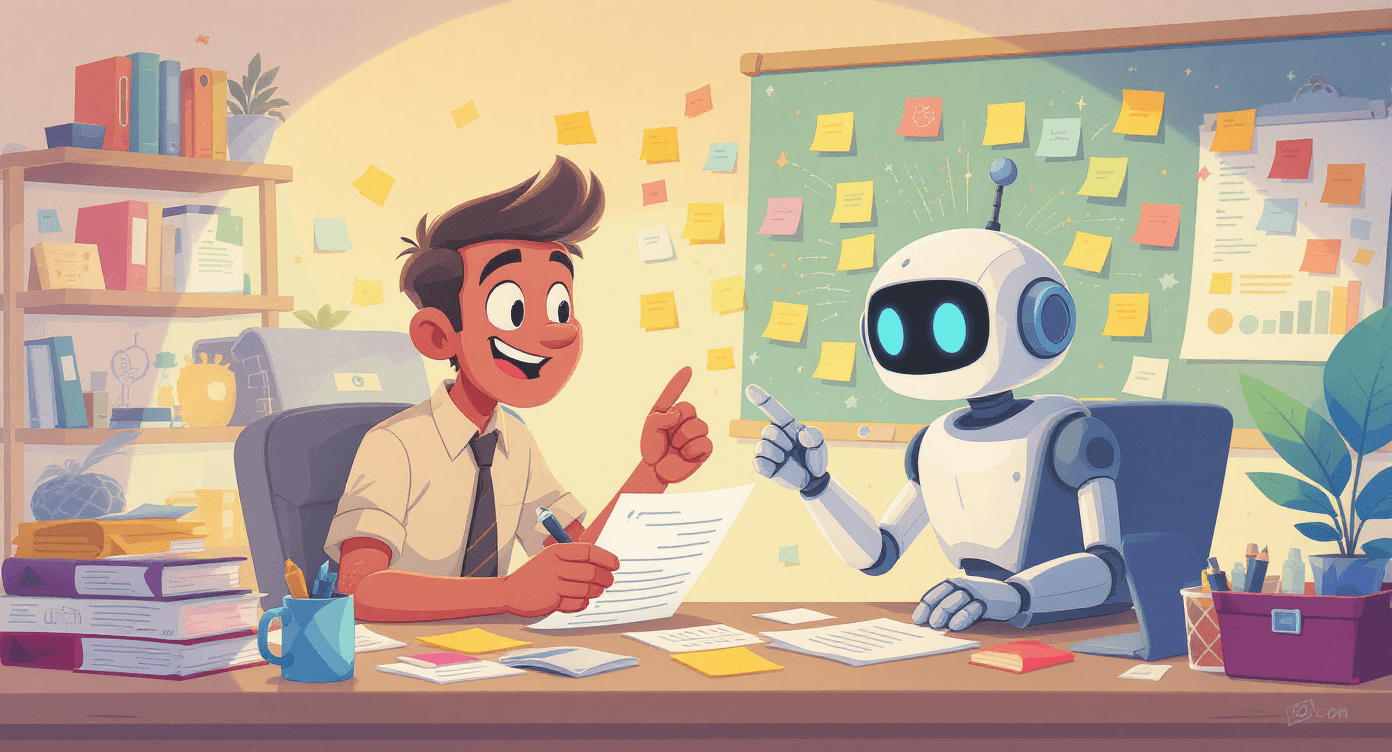
What It Struggles With:
Understanding context and nuance (especially sarcasm)
Cultural references and local slang
Emotional intelligence and empathy
Creative problem-solving that requires human intuition
🥡 The takeaway? Use NLP to handle the routine stuff so you can focus on the uniquely human parts of your business.
🔮 What's Coming Next: The Future of NLP (and Why You Should Care)
By 2026, experts predict:
Voice assistants will understand context 90% better than today
Real-time translation will be nearly perfect for major languages
AI writing assistants will handle entire email conversations autonomously
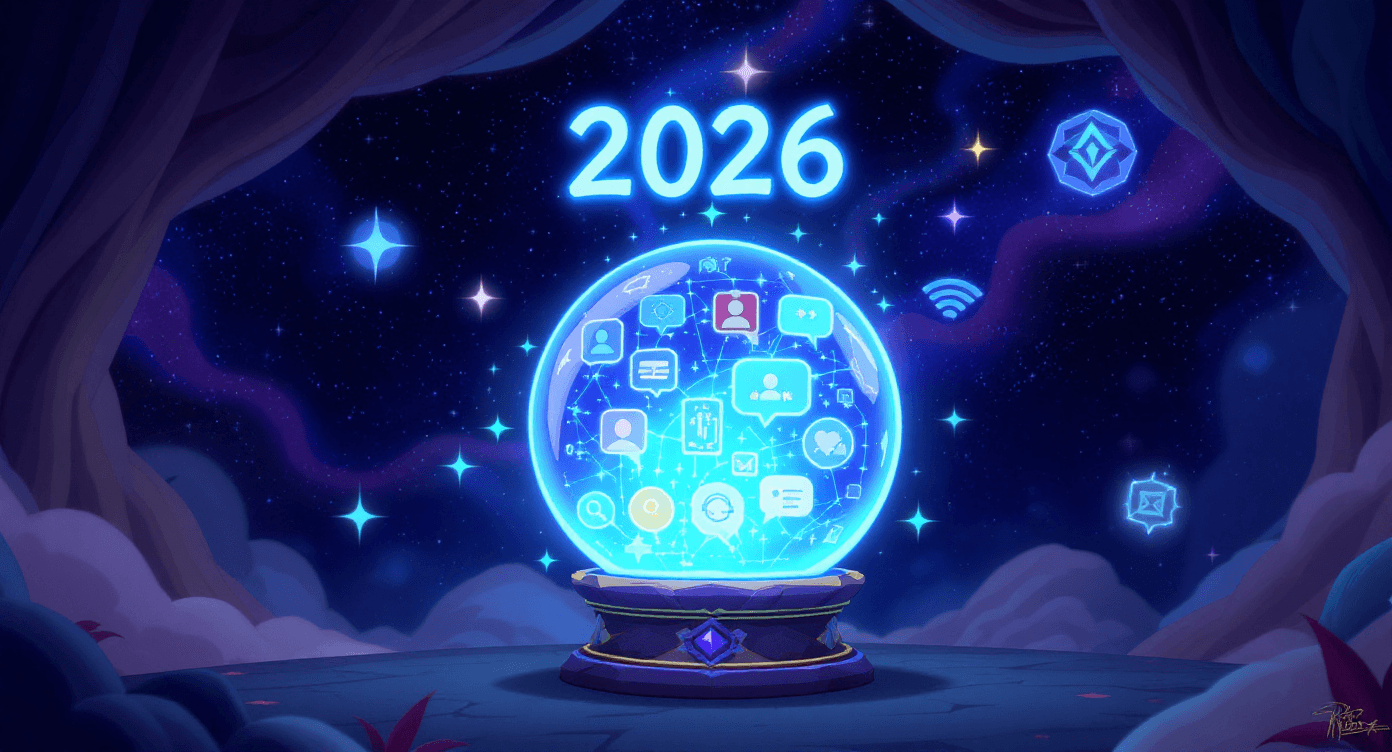
What this means for you:
Start experimenting now while the learning curve is gentle
Build comfortable workflows before the technology becomes essential
Get ahead of competitors who are still avoiding AI entirely
📈 For more insights into where AI is heading, check out our deep dive into What is Deep Learning - the technology powering these advances.
✅ Your Next Steps: From Theory to Practice
You don't need to speak robot anymore. Thanks to NLP, AI meets you halfway. You talk like a human, and it does its best to respond like one - even if it still occasionally insists you meant "ducking."
The technology isn't perfect, but it's improving rapidly. And for businesses, even imperfect automation can free up hours of time each week.
🧪 Ready to Start Experimenting?
Beginner-friendly action plan:
Pick one NLP tool from the list above
Set aside 30 minutes to experiment
Start with a simple task (like rewriting an email or generating social media captions)
See what works, what doesn't, and what makes you laugh
📚 Want more guidance? Download our free beginner cheat sheet - it's a no-nonsense guide to getting results from AI tools without the overwhelm.
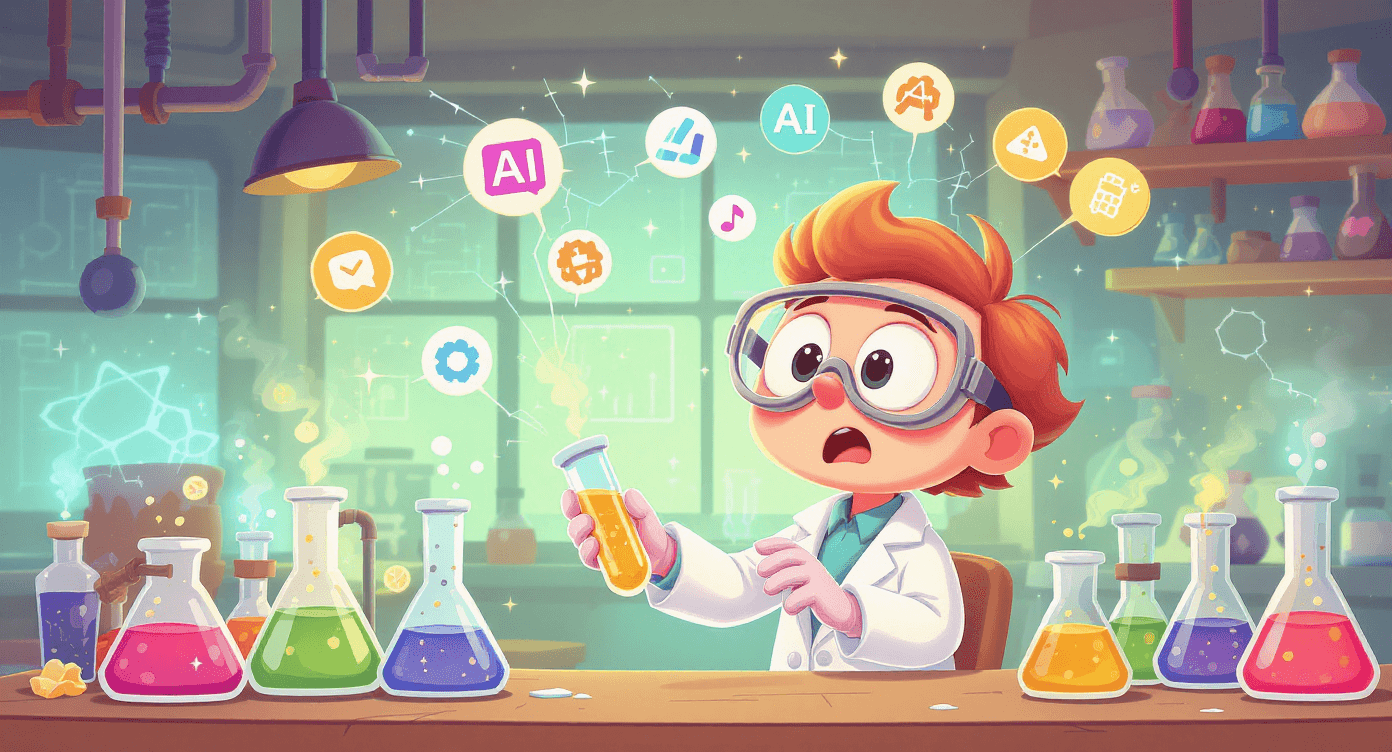
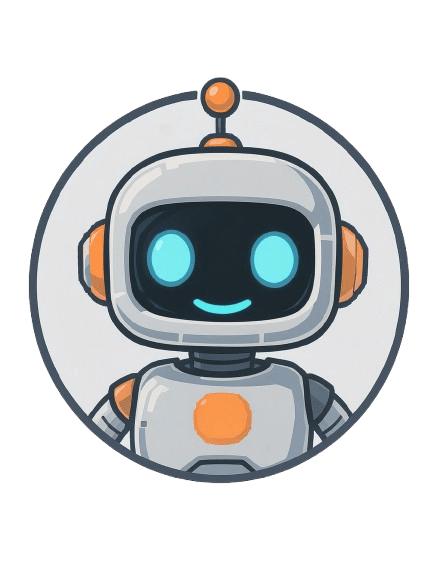
Simplify AI
Making AI make sense -- one prompt at a time
Declaration
Some links on this site are affiliate links.
I may earn a small commission, but it doesn't
cost you anything extra.
I only recommend tools i trust
Thank you for your support
Socials
Location
Based in Mansfield, Nottinghamshire
Simplifying AI for beginners, no matter
where you're starting from.
All Rights Reserved.